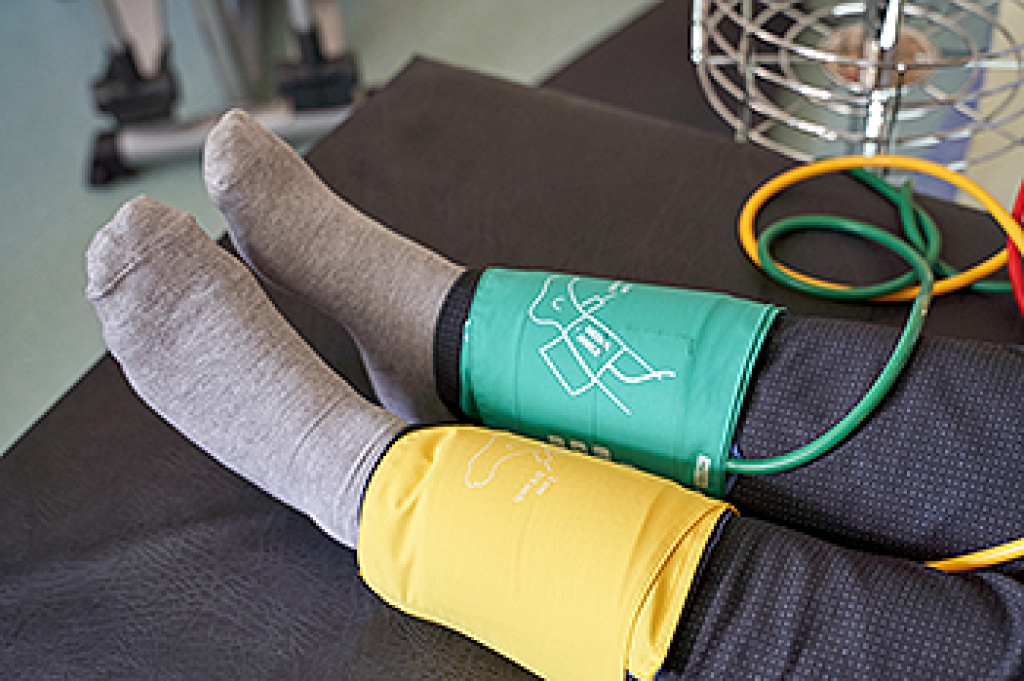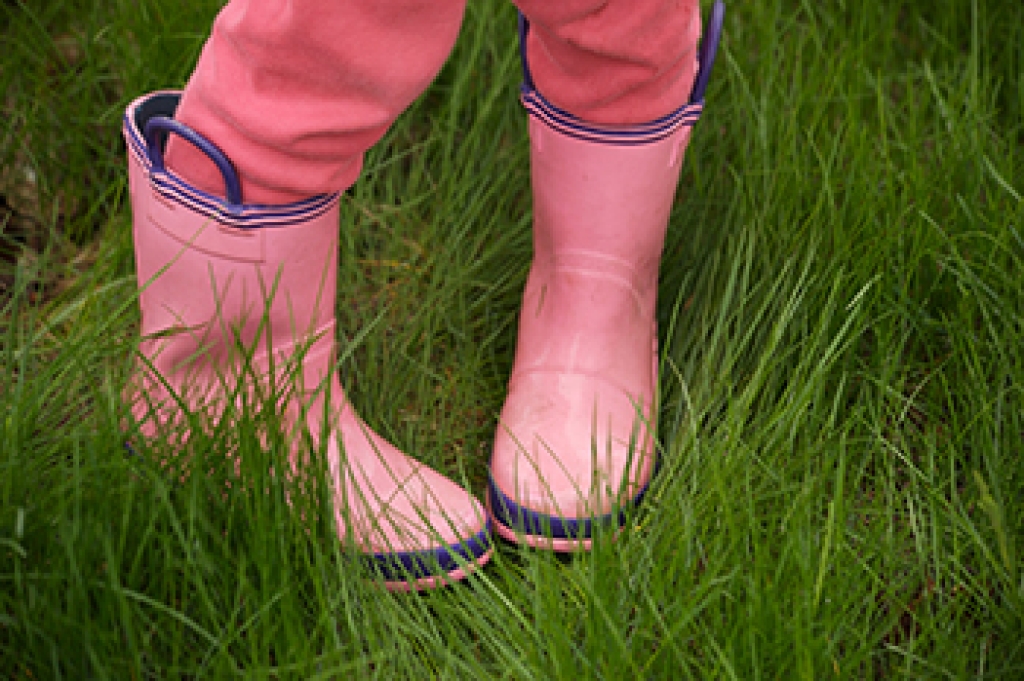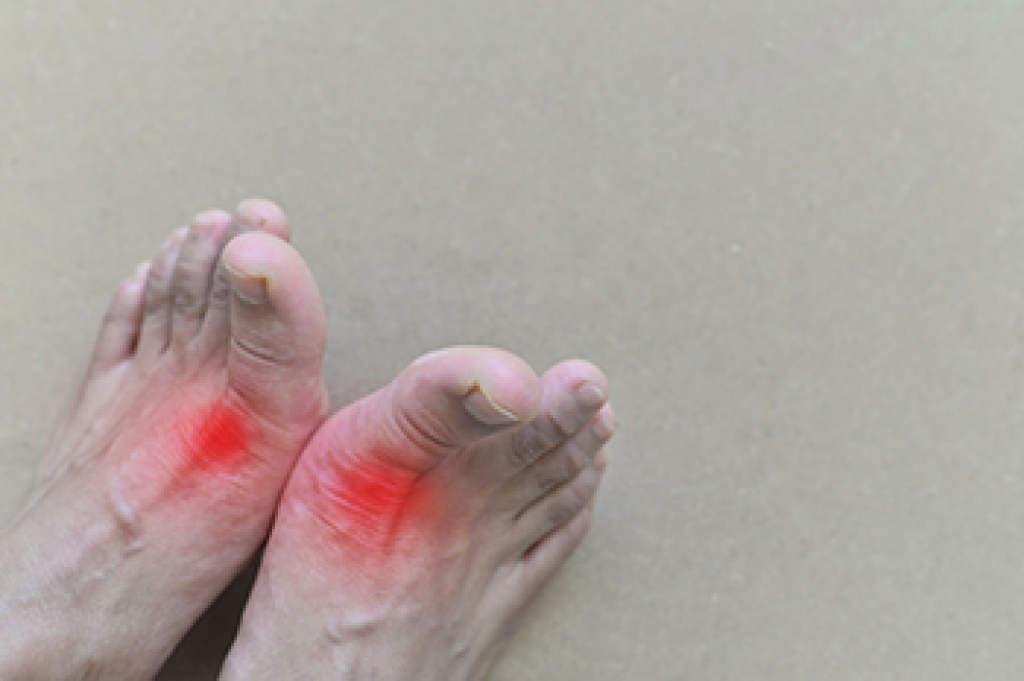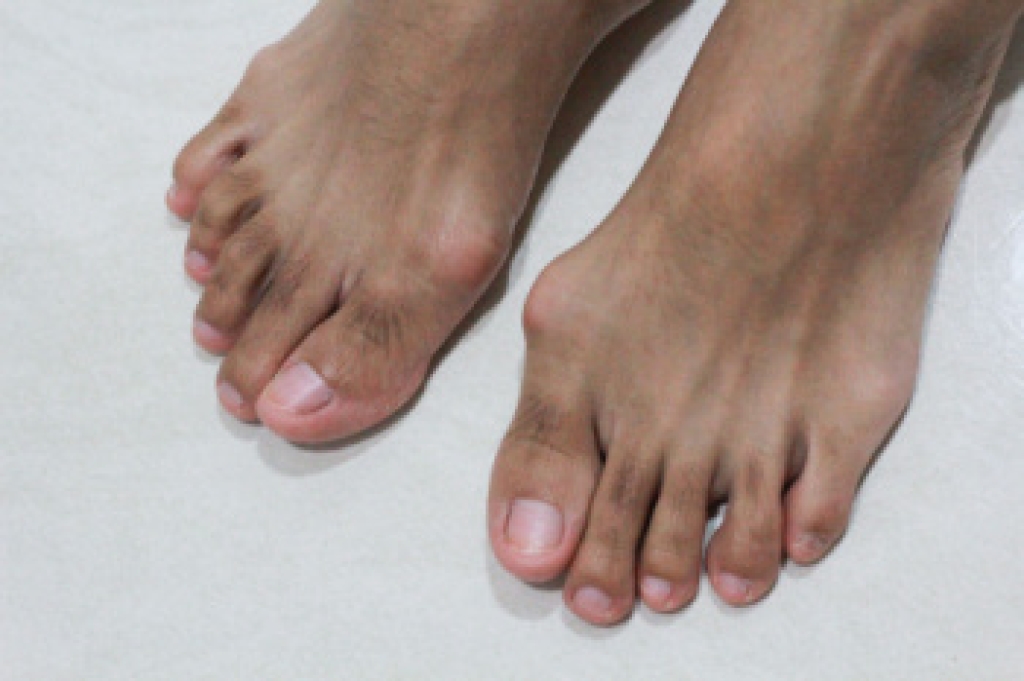
Testing for peripheral artery disease focuses on blood flow to the feet, toes, and ankles. Changes in circulation can affect skin temperature, nail health, healing, and walking comfort. During an exam, a podiatrist checks how well blood is reaching the feet and toes, skin color, and temperature to look for reduced flow. In-office tools allow listening to blood movement and comparing pressure between the ankle and toe, which helps identify peripheral artery disease later in the visit. Findings guide decisions about monitoring, further testing, or surgery when circulation is severely limited. Assessment is important for people with slow-healing sores, numbness, or color changes in the feet. A podiatrist explains results, tracks changes over time, and helps lower the risk of wounds, infection, and loss of limb affecting the feet. For help with foot problems, it is suggested that you consult a podiatrist for an exam and treatment.
Peripheral artery disease can pose a serious risk to your health. It can increase the risk of stroke and heart attack. If you have symptoms of peripheral artery disease, consult with Ramin Nadjafi, DPM from Advanced Podiatry Group. Our doctor will assess your condition and provide you with quality foot and ankle treatment.
Peripheral artery disease (PAD) is when arteries are constricted due to plaque (fatty deposits) build-up. This results in less blood flow to the legs and other extremities. The main cause of PAD is atherosclerosis, in which plaque builds up in the arteries.
Symptoms
Symptoms of PAD include:
- Claudication (leg pain from walking)
- Numbness in legs
- Decrease in growth of leg hair and toenails
- Paleness of the skin
- Erectile dysfunction
- Sores and wounds on legs and feet that won’t heal
- Coldness in one leg
It is important to note that a majority of individuals never show any symptoms of PAD.
Diagnosis
While PAD occurs in the legs and arteries, Podiatrists can diagnose PAD. Podiatrists utilize a test called an ankle-brachial index (ABI). An ABI test compares blood pressure in your arm to you ankle to see if any abnormality occurs. Ultrasound and imaging devices may also be used.
Treatment
Fortunately, lifestyle changes such as maintaining a healthy diet, exercising, managing cholesterol and blood sugar levels, and quitting smoking, can all treat PAD. Medications that prevent clots from occurring can be prescribed. Finally, in some cases, surgery may be recommended.
If you have any questions, please feel free to contact our office located in Orlando, FL . We offer the newest diagnostic and treatment technologies for all your foot care needs.




